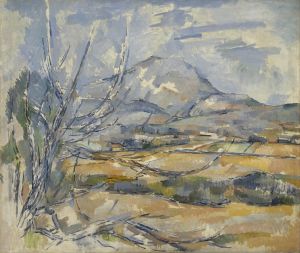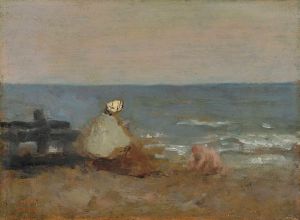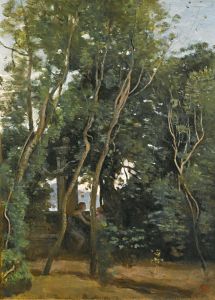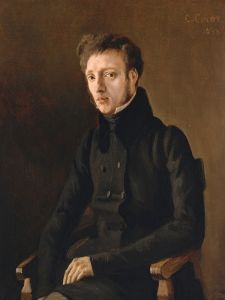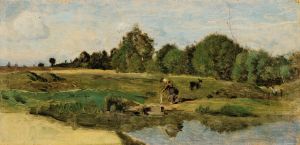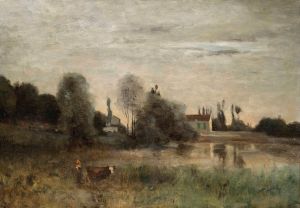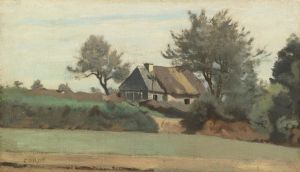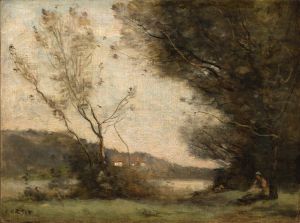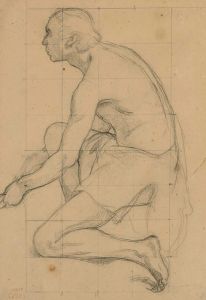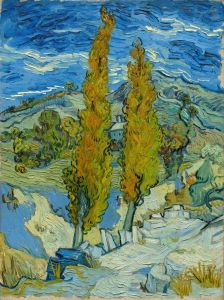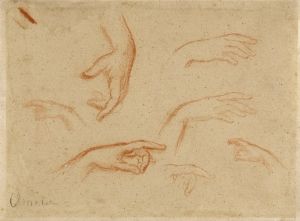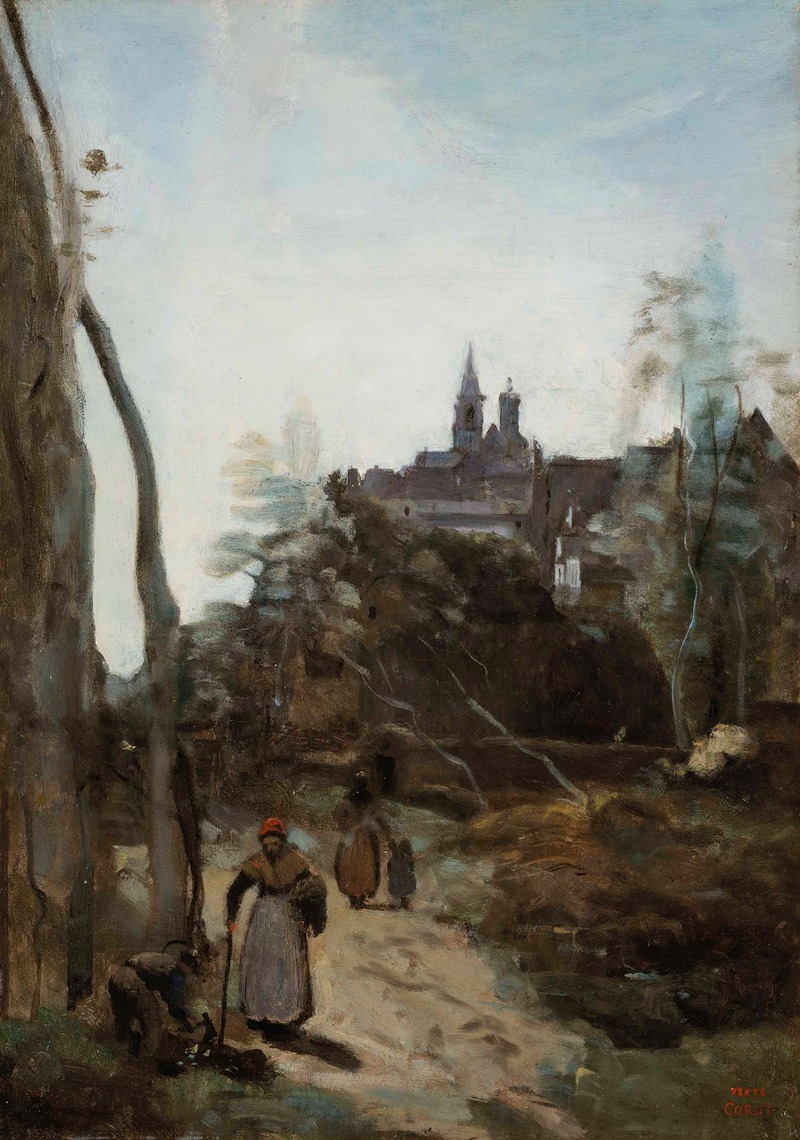
Semur, le chemin d’église
A hand-painted replica of Jean-Baptiste-Camille Corot’s masterpiece Semur, le chemin d’église, meticulously crafted by professional artists to capture the true essence of the original. Each piece is created with museum-quality canvas and rare mineral pigments, carefully painted by experienced artists with delicate brushstrokes and rich, layered colors to perfectly recreate the texture of the original artwork. Unlike machine-printed reproductions, this hand-painted version brings the painting to life, infused with the artist’s emotions and skill in every stroke. Whether for personal collection or home decoration, it instantly elevates the artistic atmosphere of any space.
Jean-Baptiste-Camille Corot, a pivotal figure in landscape painting, created "Semur, le chemin d’église" during the 19th century. Corot is renowned for his ability to capture the essence of nature with a delicate balance between realism and idealism, making him a significant precursor to the Impressionist movement. His works often depict serene landscapes, infused with a sense of tranquility and poetic atmosphere.
"Semur, le chemin d’église" is one of Corot's many paintings that exemplify his mastery in portraying the natural world. The painting depicts a rural scene in Semur-en-Auxois, a historic town in the Burgundy region of France. This area is known for its picturesque landscapes and medieval architecture, which have inspired many artists over the years. In this particular work, Corot captures a pathway leading to a church, a common motif in his oeuvre, symbolizing the intersection of nature and spirituality.
Corot's technique in this painting reflects his characteristic style, which combines a soft, diffused light with a harmonious palette of colors. The use of light in "Semur, le chemin d’église" is particularly notable; it bathes the scene in a gentle glow, creating a peaceful and contemplative mood. This effect is achieved through Corot's skillful application of tonal gradations, which lend a sense of depth and atmosphere to the composition.
The composition of the painting is carefully structured, guiding the viewer's eye along the path towards the church, which serves as a focal point. The trees and foliage are rendered with a loose, almost impressionistic touch, indicative of Corot's influence on later Impressionist painters. His ability to suggest detail without over-defining forms allows the viewer's imagination to engage with the scene, enhancing its evocative quality.
Corot's work often reflects his deep appreciation for the natural world, and "Semur, le chemin d’église" is no exception. The painting embodies his philosophy that nature is a source of beauty and inspiration, a theme that resonates throughout his body of work. This piece, like many of Corot's landscapes, invites the viewer to pause and reflect on the serene beauty of the countryside, offering a moment of respite from the hustle and bustle of urban life.
"Semur, le chemin d’église" is a testament to Corot's enduring legacy as a landscape painter. His ability to capture the subtle nuances of light and atmosphere has earned him a place among the great masters of the 19th century. Today, his works continue to be celebrated for their timeless beauty and their influence on the development of modern art. While specific details about the painting's provenance or exhibition history may not be extensively documented, its artistic significance remains clear. Through this work, Corot invites us to appreciate the quiet majesty of the natural world, a theme that is as relevant today as it was in his time.





